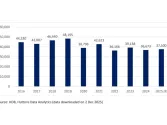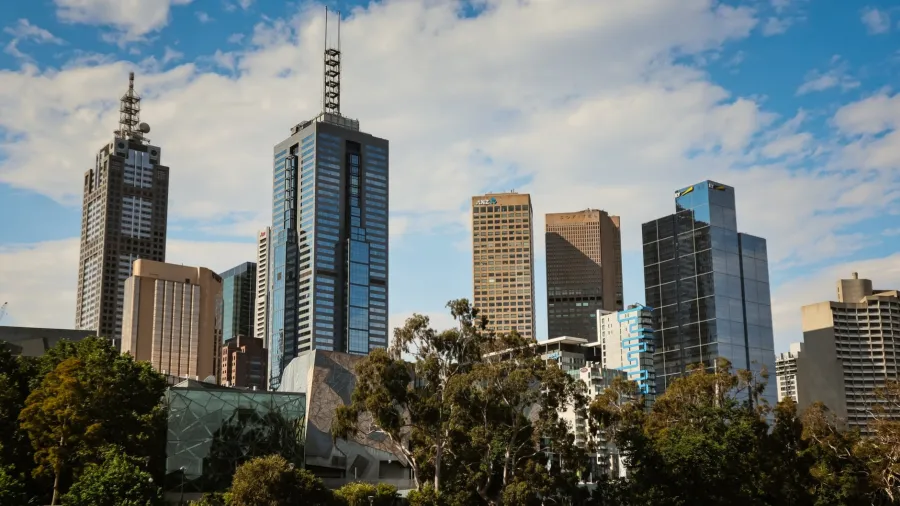
Melbourne CBD net office absorption reaches 34,600sqm in Q1
Tenants that needed large spaces drove demand.
The Melbourne CBD office market recorded strong positive net absorption over the quarter, totalling 34,600 sqm, according to data from JLL. The large tenant cohort (>1,000 sqm) drove demand, accounting for 47,400 sqm of net absorption. Headline vacancy improved to 18.6%.
“The Melbourne Fringe recorded negative net absorption of 13,500 sqm, while withdrawal activity in the S.E.S resulted in a negative result of -45,600 sqm. Fringe headline vacancy increased marginally to 20.1%, while the S.E.S rate also weakened to 14.7%,” the analyst said.
Here’s more from JLL:
There were no project completions in the Melbourne CBD over the quarter. The Fringe and S.E.S market also had no projects reach completion.
JLL is currently tracking 9 projects under construction in the Melbourne CBD (176,300 sqm), with a further five in the Fringe (60,500 sqm), and one in the S.E.S (35,000 sqm). Of this 271,862 sqm total, only 38% is anticipated in 2025.
Persistent incentive levels continue to suppress rental growth
CBD prime net effective rents (PNER) fell -3.0% q-o-q to AUD 301 per sqm per annum (-8.8% y-o-y). Fringe PNER fell -0.3% q-o-q to AUD 286 per sqm per annum (-5.1% y-o-y), as the S.E.S fell -0.5% over the quarter to AUD 235 per sqm per annum (-1.4% y-o-y).
Prime CBD yields stabilised, maintaining a range between 5.75%-8.00%. Fringe prime yields softened 25 bps on the lower end and held firm on the upper end to range between 6.50%-8.75%. S.E.S prime yields softened 25 bps on both ends to now range between 7.75%-8.75%.
Outlook: Melbourne CBD demand recovery positive in 2025 amid complex capital landscape
The demand outlook for Melbourne CBD is positive for 2025, supported by existing tenant briefs in market that anticipate additional centralisation activity, and minimal potential for further contraction amongst existing occupiers.
The capital market outlook for 2025 remains mixed. Tailwinds include clarity on cash rates and moderating inflation forecasts. Headwinds persist due to diminished global market confidence, influenced by U.S. tariff policies, and the Victorian property tax environment.


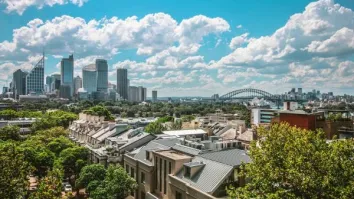


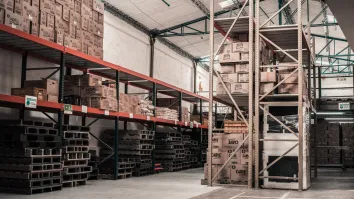








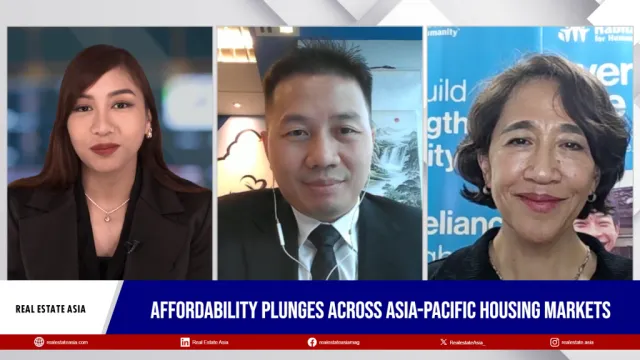

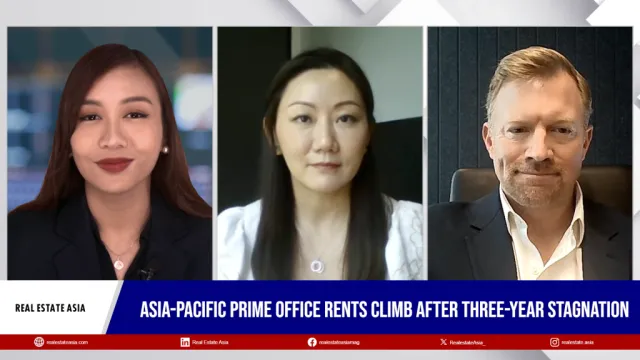


 Advertise
Advertise
